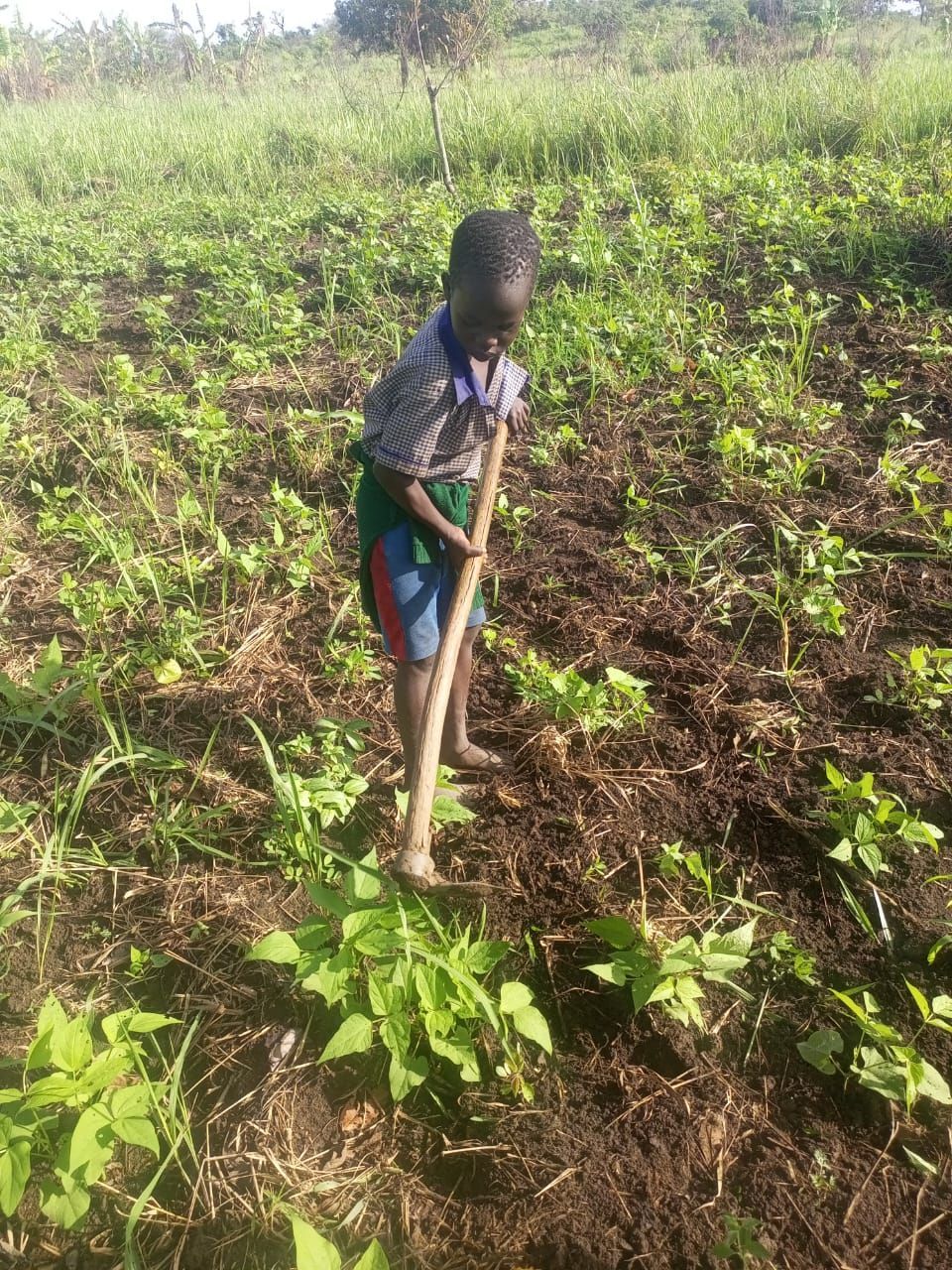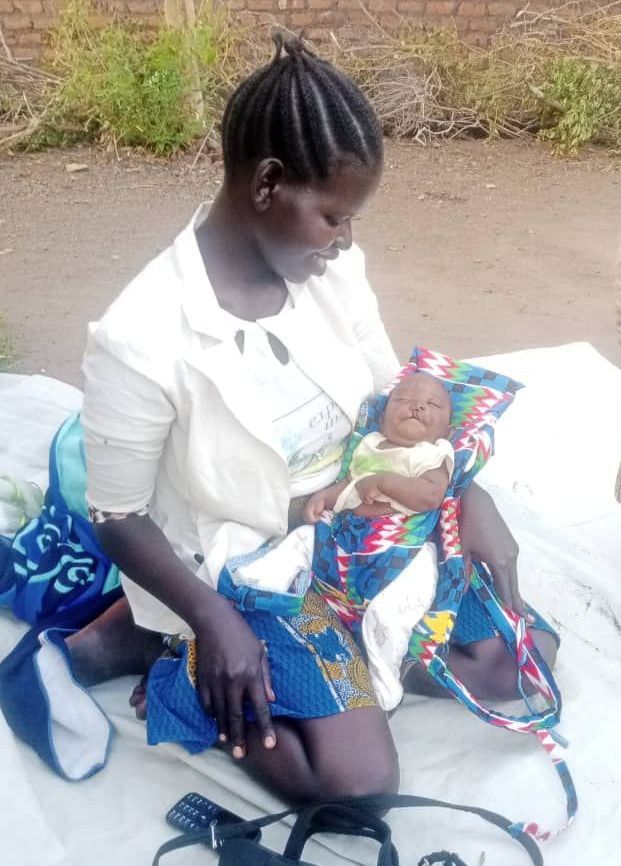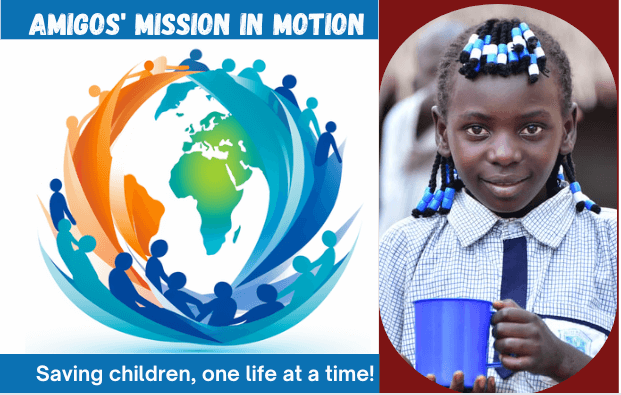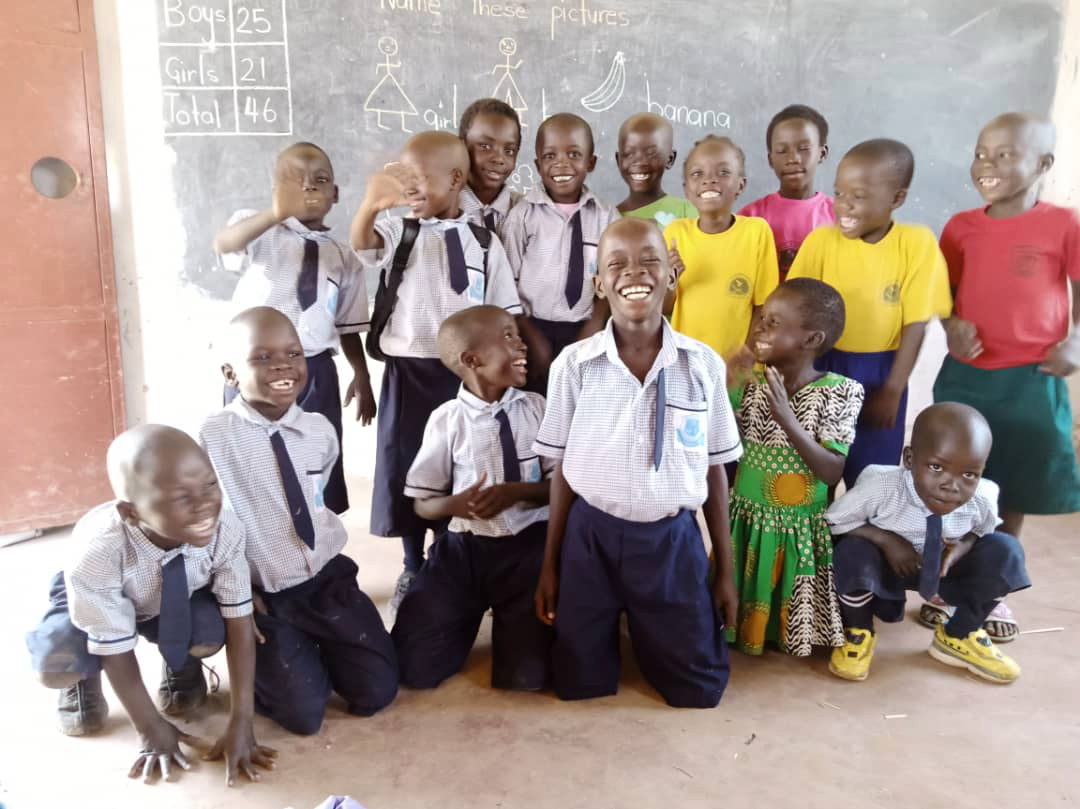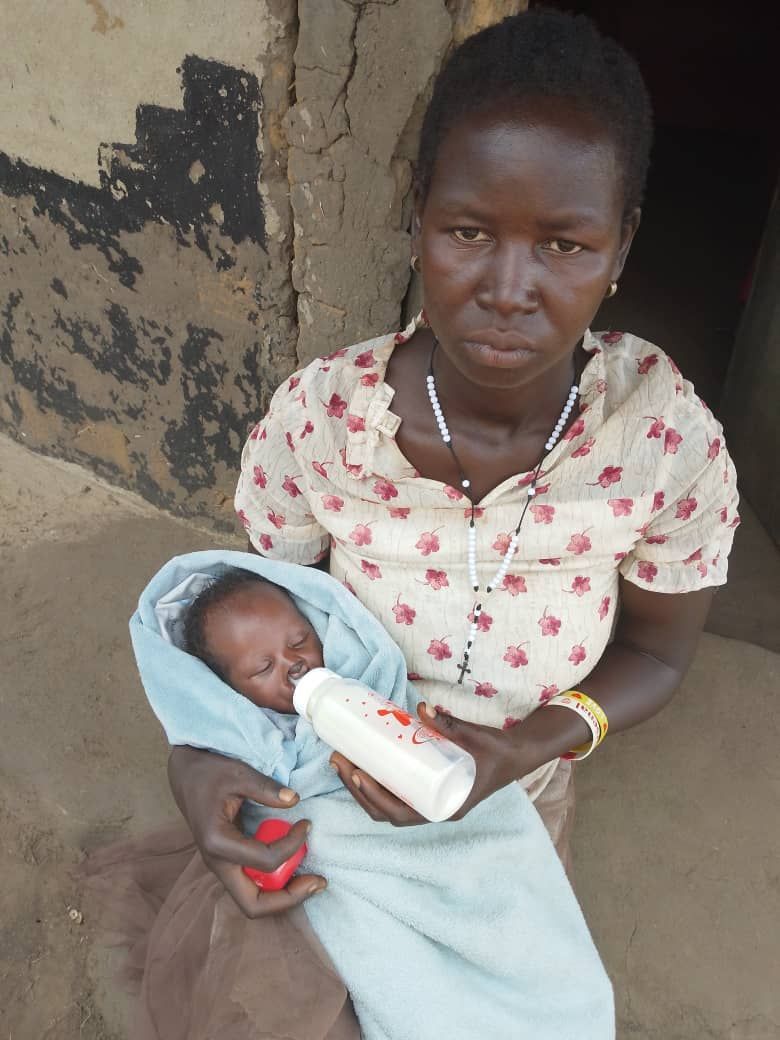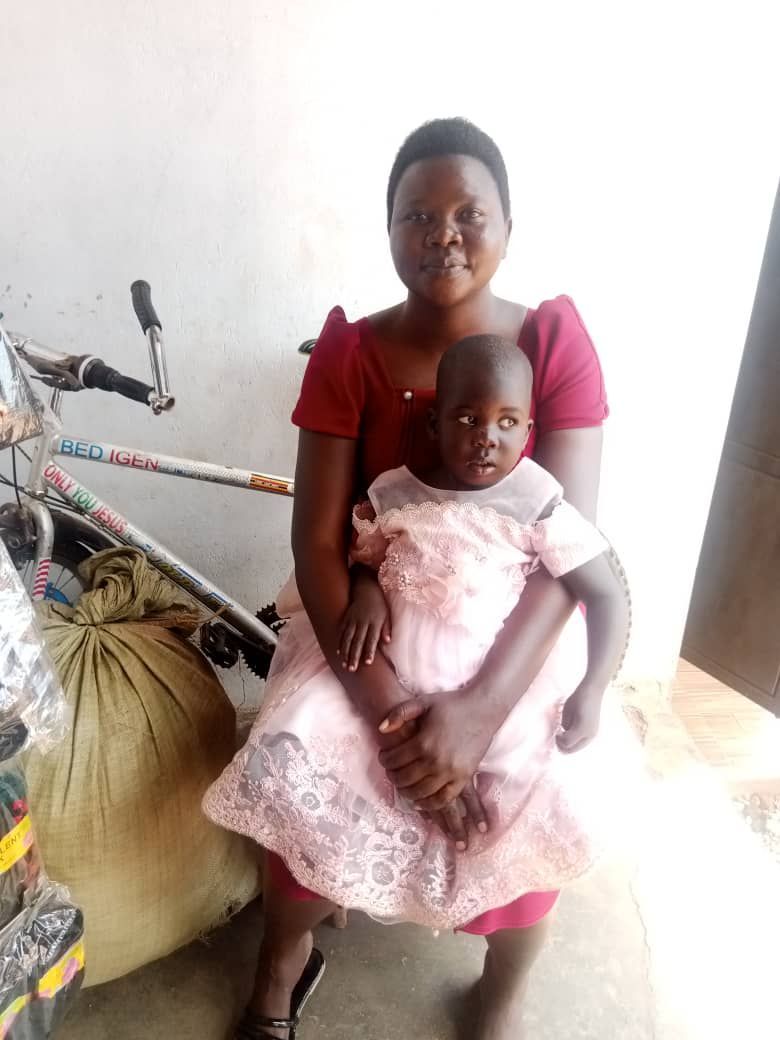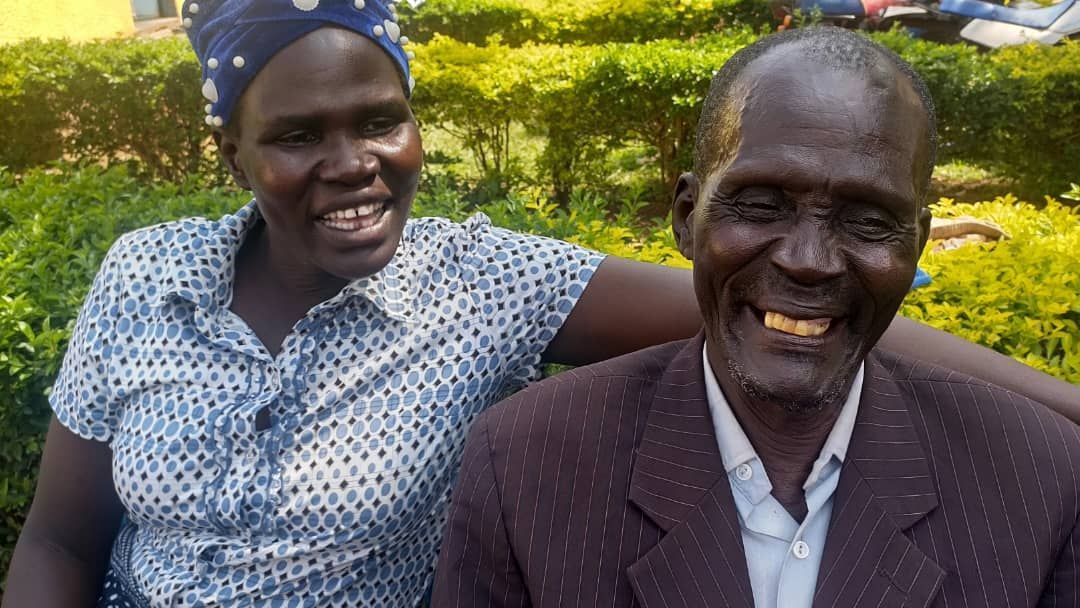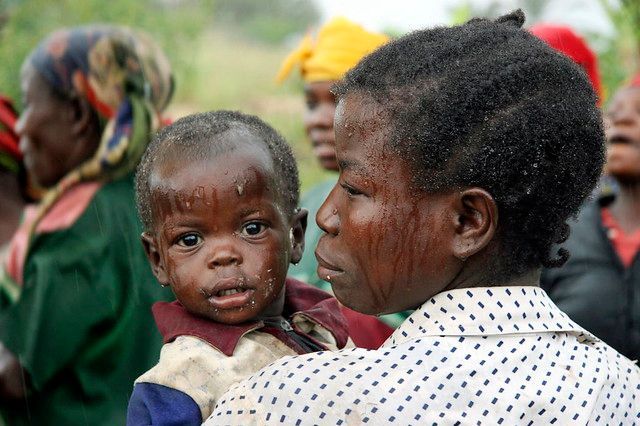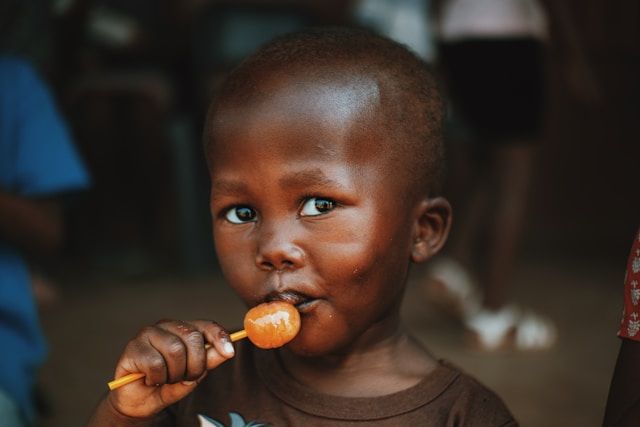
It stunts dreams before they begin, dims eyes that should sparkle with potential, and leaves children too tired to laugh, learn, or grow.
Right now, over 45 million children under five suffer from wasting, the deadliest form of malnutrition. In conflict zones like Sudan, Gaza, and parts of the Sahel, children go days without a proper meal, relying on scraps or humanitarian aid to survive. Many don’t make it.
Whether it’s a refugee child in South Sudan, an orphan in Yemen, or a displaced family in Haiti, the reality is the same: hunger is robbing children of their futures.
At Amigos Internacionales, we’re fighting back. Through emergency food deliveries, child-focused nutrition programs, and sustainable hunger relief initiatives, we work in high-risk regions to ensure no child is forgotten. Because every child deserves more than survival, they deserve a chance to thrive.
>> Related Post: Top 10 poorest African countries in 2025
What Is Child Hunger?
Child hunger isn’t just a lack of calories, it’s a life-threatening absence of nutrition, stability, and hope.
It means going to bed with an aching stomach and waking up too weak to play, and missing school because there’s no energy to walk. It means a child's body is growing, but not with the fuel it needs to survive.
According to UNICEF’s 2024 Global Report,
- 1 in 4 children under five suffers from stunted growth due to chronic malnutrition.
- 9 million children die each year before their fifth birthday, 45% of these deaths are linked to undernutrition.
- Over 148 million children are chronically food insecure worldwide, and the number is rising due to conflict, climate disasters, and inflation.
Hunger affects more than the body. It dulls the mind, delays development, and steals joy. Emotionally, hungry children are more likely to experience anxiety, aggression, and trauma. Academically, they fall behind peers and developmentally, the damage can last a lifetime.
Why Are Children Still Going Hungry in 2025?
Despite the global advancements in food systems, hunger still haunts millions. Why?
1. Poverty & Inflation
Rising costs of food and fuel have made it nearly impossible for families in low-income countries to afford balanced meals. In 2024, food prices rose by over 5% in several African and Middle Eastern countries. Even staple items like bread and rice have become luxury goods for displaced families.
2. Conflict & Displacement
Armed conflicts remain a key driver of child hunger. In Sudan alone, over 13 million people are displaced, many without access to food or clean water. War cuts off supply chains, destroys farmland, and pushes families into overcrowded camps where hunger spreads like disease.
3. Climate Change
Erratic rainfall, flooding, and prolonged droughts are decimating crops. In the Horn of Africa, five consecutive failed rainy seasons have led to one of the worst hunger crises in recent history. Children in farming families are the first to suffer when crops don’t grow.
4. Systemic Inequality
Many hunger-affected regions suffer from broken healthcare systems, poor governance, and underfunded aid responses. These systemic gaps allow hunger to persist especially in forgotten or marginalized communities.
>> Related Post:
5 Causes of Food Insecurity in 2025: Effects & How to Solve Them
DONATE NOW
Major Effects of Child Hunger: How Does Hunger Affect Child Development
1. Physical Effects of Child Hunger
- Malnutrition (stunting, wasting, underweight):
Malnourished children often appear smaller than their peers. Stunting, when a child is too short for their age, reflects chronic malnutrition, while wasting, too thin for their height signals life-threatening undernutrition. According to WHO, 45 million children worldwide are wasting, and 149 million are stunted.
- Weakened immune systems & higher risk of disease:
Without proper nutrients, the body cannot fight infections. A simple flu can become fatal. These children are more susceptible to pneumonia, diarrhea, and other preventable diseases.
- Developmental delays in infants and toddlers:
The first 1,000 days of a child’s life are critical. Hunger during this period can cause irreversible damage to brain development, motor skills, and physical growth.
2. Educational Impact
- Difficulty concentrating and learning:
Hunger impairs memory, focus, and problem-solving. Even a short-term lack of food can affect classroom performance and long-term academic outcomes.
- Higher absenteeism and dropout rates:
Hunger leads to fatigue, illness, and sometimes the need for children to work instead of study. The result? Empty school desks and lost potential.
- Long-term loss of opportunity:
A child who drops out of school due to hunger is less likely to find stable employment as an adult, trapping them in the very cycle that caused their hunger.
3. Emotional and Mental Health Consequences
- Increased anxiety, depression, and behavioral issues:
Constant hunger creates chronic stress. Children may become irritable, withdrawn, or aggressive. Many suffer in silence with no language to describe what they feel.
- Reduced social engagement:
Hunger isolates. Children may avoid social situations due to shame, fatigue, or anxiety, missing key developmental experiences.
- Impact on self-esteem and childhood development:
A child who feels “less than” because they’re always hungry may carry those emotional wounds well into adulthood.
4. Long-Term Effects into Adulthood
- Lower earning potential:
Malnourished children often earn 20% less as adults than their well-nourished peers, according to the World Bank.
- Chronic health conditions:
Childhood hunger increases the risk of diabetes, heart disease, and other chronic illnesses later in life.
- Intergenerational cycle of poverty and hunger:
A malnourished child becomes a struggling adult, less able to care for their own children, continuing the cycle.
>> Related Post:
Building Water Wells in Africa: Costs, Benefits, and Impact
How Amigos Is Helping the Fight Against Child Hunger:
- Emergency Relief That Reaches the Most Vulnerable
Every single day, Amigos Internacionales provides life-saving meals to children and families in crisis. From the displaced communities of South Sudan to remote villages in Uganda and Guatemala, our emergency feeding programs delivered over 57 million meals in 15 years. These ready-to-eat food kits offer immediate nourishment to children who often haven’t eaten for days, offering a lifeline when there's no other hope.
- Building Long-Term Food Security
We believe that ending hunger requires more than just food, it requires empowerment. Through our MissionPoint model, we introduce sustainable farming methods, teach life skills to youth and parents, and support school meal programs. In places like Open Hands Academy and Harvest of Hope School, children are fed nutritious meals while receiving a faith-based education. We're growing both minds and futures.
- Advocacy Rooted in Faith and Compassion
Fighting hunger also means challenging the systems that keep people in poverty. Amigos works alongside local churches, village elders, and international partners to advocate for long-term solutions. By amplifying stories from the field and raising awareness through our networks, we inspire donors and communities worldwide to take action grounded in justice, faith, and love.
How You Can Help
You can be the reason a child doesn’t go to bed hungry tonight.
- $25 ensures meals for a Family for a Week.
- $50 Equips a Child with Essential Education Supplies for a year.
- $100 Empowers mothers to learn skills and support their families.
DONATE NOW
FAQs
1. Why is child hunger still a major issue in rural Africa?
Child hunger persists due to a combination of factors: poverty, displacement from conflict, limited access to education, and poor agricultural infrastructure. In areas like Northern Uganda and South Sudan, food insecurity is often worsened by drought and lack of long-term support systems.
2. Are donations tax-deductible?
Yes. Amigos Internacionales is a registered 501(c)(3) nonprofit organization in the U.S. Your donations are tax-deductible to the extent allowed by law.
3. What does $25 actually do?
A $25 donation can feed a hungry child for an entire week, provide clean water access to over 140 people, or help sponsor school meals for a classroom. Every dollar you give has a real, measurable impact.
4. How can I help beyond giving money?
Besides donating, you can:
- Share our mission on social media
- Organize a fundraiser at your church or school
- Sponsor a child or classroom
- Advocate for clean water and food security policies in your community
Categories






Social Media






